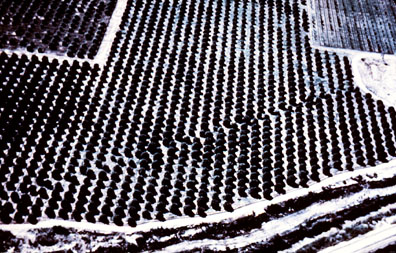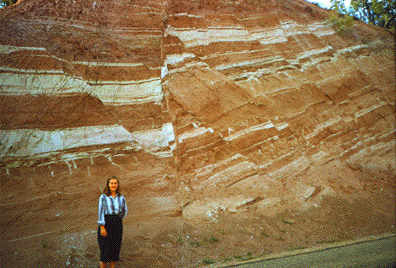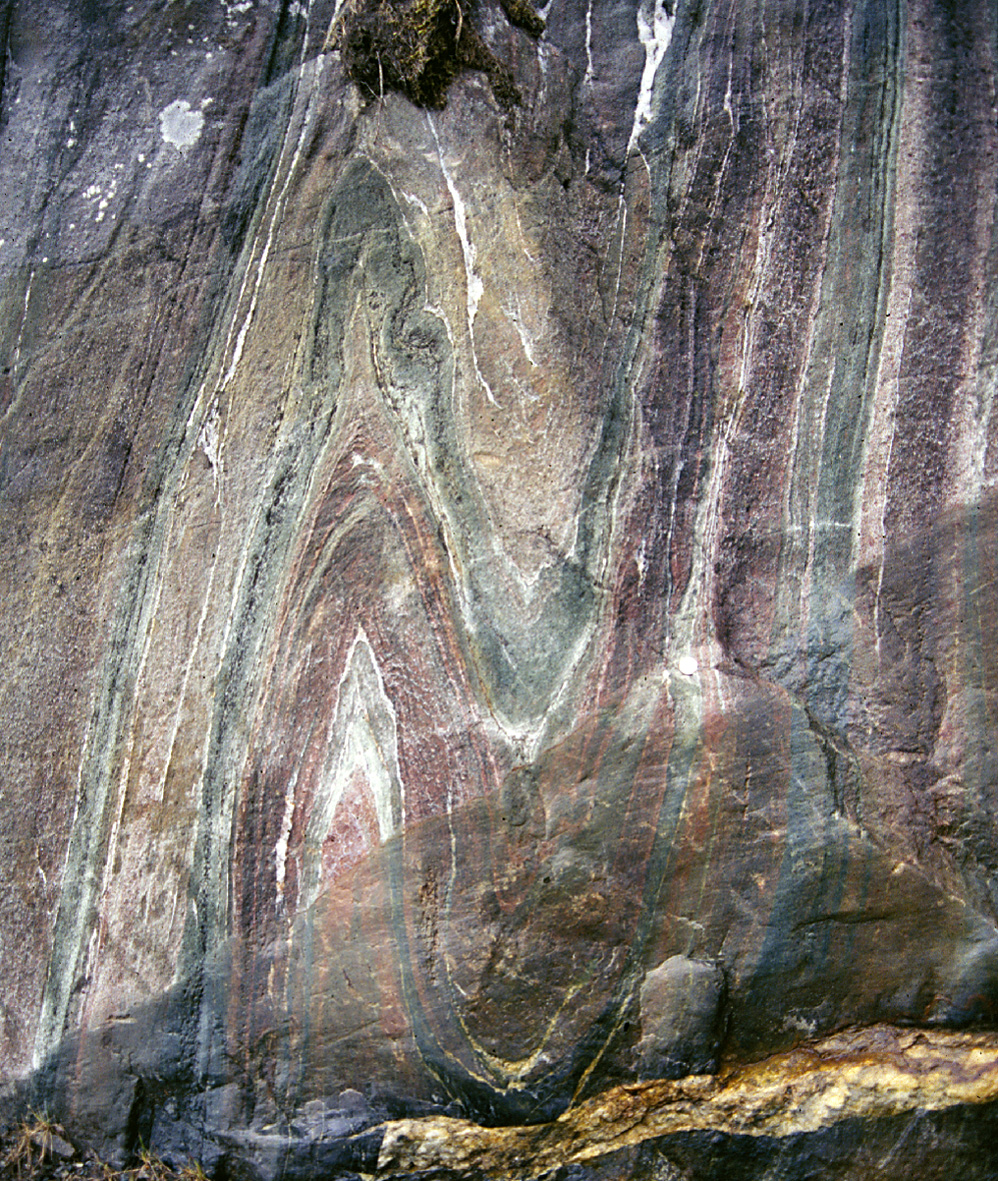It's said that two billiard balls on a snooker table will eventually move towards each other because of gravity or something like that. Or if someone gives one of the balls a whack with a stick the fatal attraction will occur much quicker.
For a planet that has been bombarded from the beginning with all sorts of things that are bigger than billiard balls it would be surprising to find that the earth's crust had not been fractured or disturbed in some way.
It may be just a theory by geologists who think they are scientists but they seem to have this idea that the crust of the earth does move. And it can move up, or down, or sideways and probably in other ways no-one has thought of yet.

This one is an orange grove planted on the San Andreas fault. It appears to have moved sideways since the grove was planted. Unless the farmer went in for crazy planting patterns. An early crop circle maker who preferred straight lines perhaps. I don't think it was planted millions of years ago but I might be wrong.

Here's one that goes up and down. The land not the lady.

And a curly wurly one.
http://saturniancosmology.org/files/geo ... t2_1a.htmlEven the Canadians get in on the act with their famous Rockies.
Sedimentary rocks have a unique method of deposition – one layer on top of another. This seemingly simple arrangement can be extrapolated to assume that the rocks nearest the surface will always be younger than rocks deeper down. Digging through the layers, geologists can analyze their composition, and determine much about the climate and landscape during the time of their formation.
In the mountains, this organized arrangement has been shattered. Older rocks have been piled up on top of their younger neighbours. They have been bent, folded, cracked, and eroded. The original order is often impossible to determine, however geologists have done an amazing job of reconstructing the various layers. By knowing the formations, they can estimate the age of the rocks, anticipate how they will react to erosion, and get a better understanding of why the landscape looks the way it does
http://www.mountainnature.com/geology/Deposition.htmOf course it's all theory. And we would have to wait for millions of years for something to happen. Unless we were in Italy or on a coast somewhere in Asia wondering why the sea seemed to be getting higher. Water doesn't do that does it?
Of course as I know we are all flying on the back of a turtle I can say that all this plate tectonics is a load of rubbish. And as for the San Andreas fault, that's just a crack in the shell of the turtle. Quite normal and a feature of the glorious beast.




